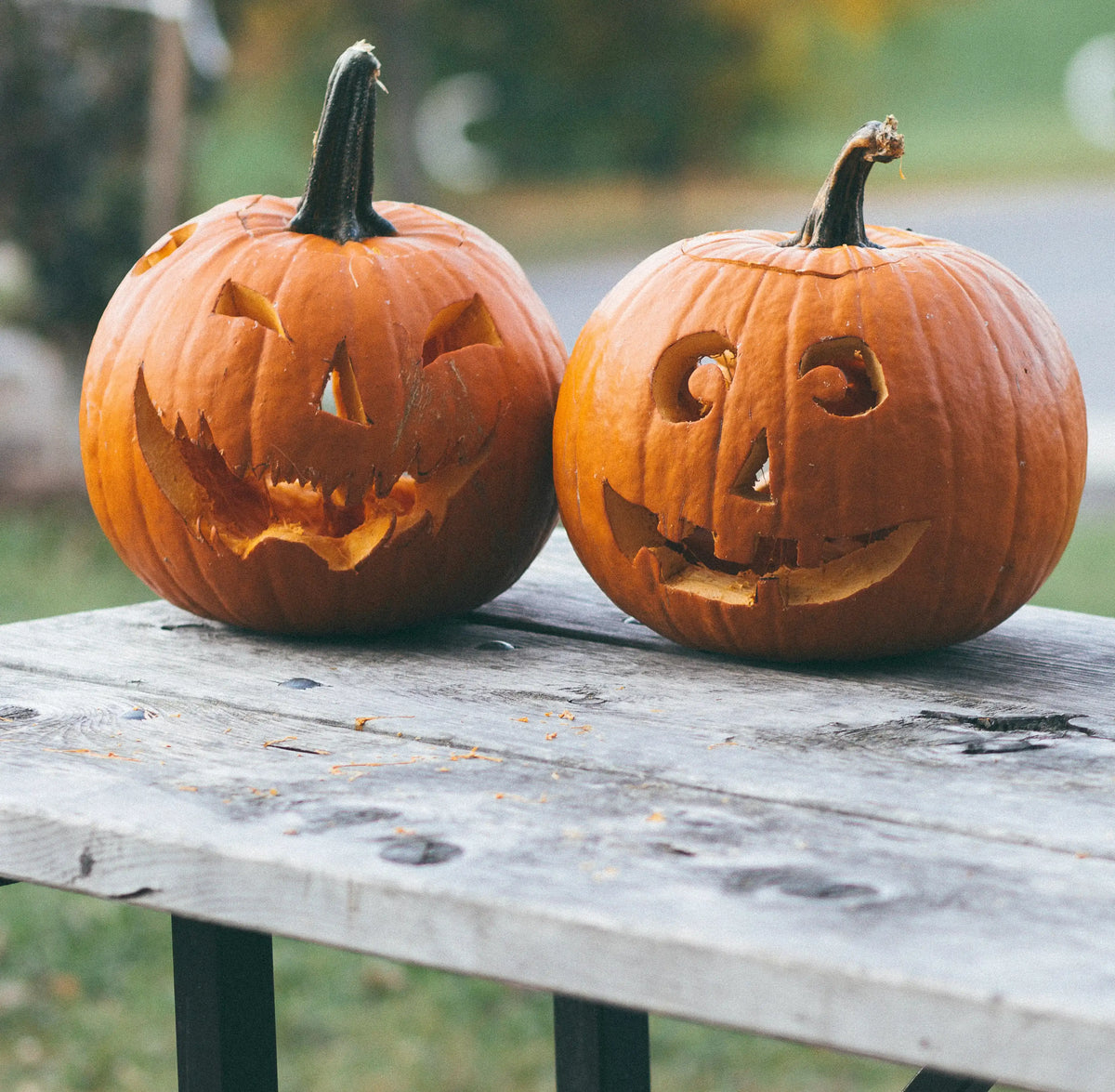Why is Halloween celebrated?

A very spooky history of Halloween
Halloween is one of the world’s most popular annual events, but why do we celebrate it? Read on (if you dare!) to find out everything you need to know about Halloween, including the history behind it, where Halloween comes from and why trick or treating started…
History of Halloween
Celtic origin
Halloween’s origins can be traced to the Celtic festival of Samhain. The Celts, who lived in Ireland, Britain and northern France from around 750BC to 12BC, marked the end of each harvest season and the beginning of the darker half of the year on the night of October 31. With the apparent fading of the sun in the winter, Celts believed that spirits of the dead could cross into the living realm more easily. Dead ancestors were welcomed back, but costumes were worn to confuse evil spirits. Bonfires were also a common feature of Samhain – it was hoped that their light and heat would be carried through into the colder months.
The Romans and Halloween
The Romans conquered the Celts in 43AD, and two of their own festivals bore similarities to Samhain. Lemuria, which took place in May, involved banishing evil spirits from the home by chucking black beans about the place, and Feralia, the Roman festival of the dead, which coincided with Samhain. Feralia honoured Pomona, the goddess of fruit and trees and apple bobbing can be traced back to this festival. The Romans believed, like the Celts did with Samhain, that Feralia was a time when spirits wandered freely among the living, and they made offerings of food and other gifts to appease them.

All Saints’ Day
In the eighth century, after the Catholic Church became the official religion of the Roman Empire, Pope Gregory III moved its Feast of All Martyrs, which coincided with Lemuria, to November 1. It is believed that this was done to co-opt Samhain and give it a Church-approved spin. This honouring of the dead became a three-day celebration, incorporating All Hallows’ Eve on October 31st, All Saints’ Day on November 1st, and All Souls’ Day on November 2nd. The celebrations included the wearing of costumes and masks to ward off evil spirits.
English tradition
The All Hallows’ Eve traditions that became Halloween as we know it in the British Isles developed over many hundreds of years. In the Middle Ages, for example, churches that were too poor to display relics of saints asked their parishioners to dress up as the saints instead, and re-enactments by villagers of the ‘danse macabre’, that saw the dead rise from their graves for a wild carnival, is possibly one of the origins of the wearing of scary Halloween costumes. The importance of pumpkins to Halloweens is linked to another Medieval tradition that saw people carry hollowed out turnips with demonic carved faces and lit candles placed inside them. This custom is thought to come from the Irish folk tale of Stingy Jack, a blacksmith who tried and failed to trick the devil, and was left to wander Earth for eternity. The lit up turnips, or jack-o’-lanterns, were used to ward off Jack’s malign spirit.
Halloween comes to America
During the 19th century, the great numbers of Irish people emigrating to America saw Halloween take root across the Atlantic. It is now, of course, firmly established as one of the USA’s most popular traditions. The carving of pumpkins appears to have become popular in America because the Irish, who were used to working with turnips, found pumpkins easier to come by and easier to carve. Another theory goes that Americans themselves added their own harvest time tradition of pumpkin carving to the Halloween mix.
History of trick or treating
The clearest indication of how trick or treating started can be found in souling, an English tradition that is believed to date back to the 15th century. The poor went to the houses of the rich and collected ‘soul cakes’. In return, they prayed for the homeowners' dead relatives. Around a similar time, Halloween in Ireland and Scotland included guising, which involved people dressing up and going from house-to-house, reciting verse or performing songs in exchange for nuts, fruit or coins. A ‘trick’ performed in exchange for a ‘treat’, in other words. The term ‘trick or treating’ was first used in America in the late 1920s to describe the practice of children knocking on doors to demand sweets - and playing pranks on people who didn’t comply. Although the Second World War and rationing curtailed trick or treating for a time, it returned in the post-war era and quickly became the defining aspect of Halloween.
How is Halloween celebrated today?
Unsurprisingly, thanks to all the sweets on offer, Halloween has endured as a popular children’s celebration. However, it is increasingly becoming an unmissable date in the calendar for adults, too. While trick or treating remains the reserve of young kids, dressing up, pumpkin carving and the aforementioned apple bobbing are often the focus of both children’s and adult Halloween parties. There are also plenty of other ghoulish things to try when celebrating on All Hallows’ Eve, from watching scary movies, visiting haunted attractions and sharing ghost stories with your friends and family. As with any big celebration, getting the decorations right is important. Party Pieces has a wide variety of Halloween decorations, including balloons, bunting and tableware. Remember to decorate the outside of your house as well as the inside to attract (or should that be terrify?!) the trick or treaters who come knocking.
